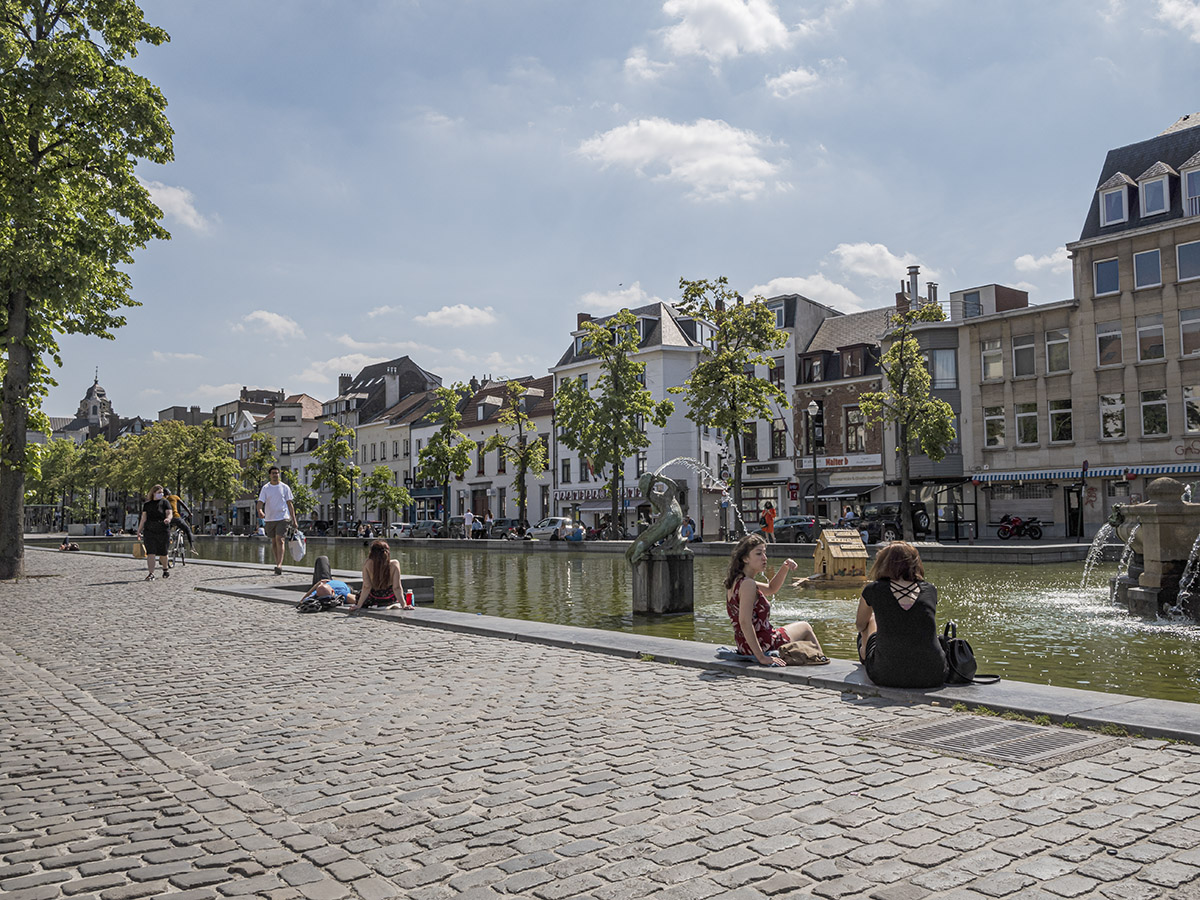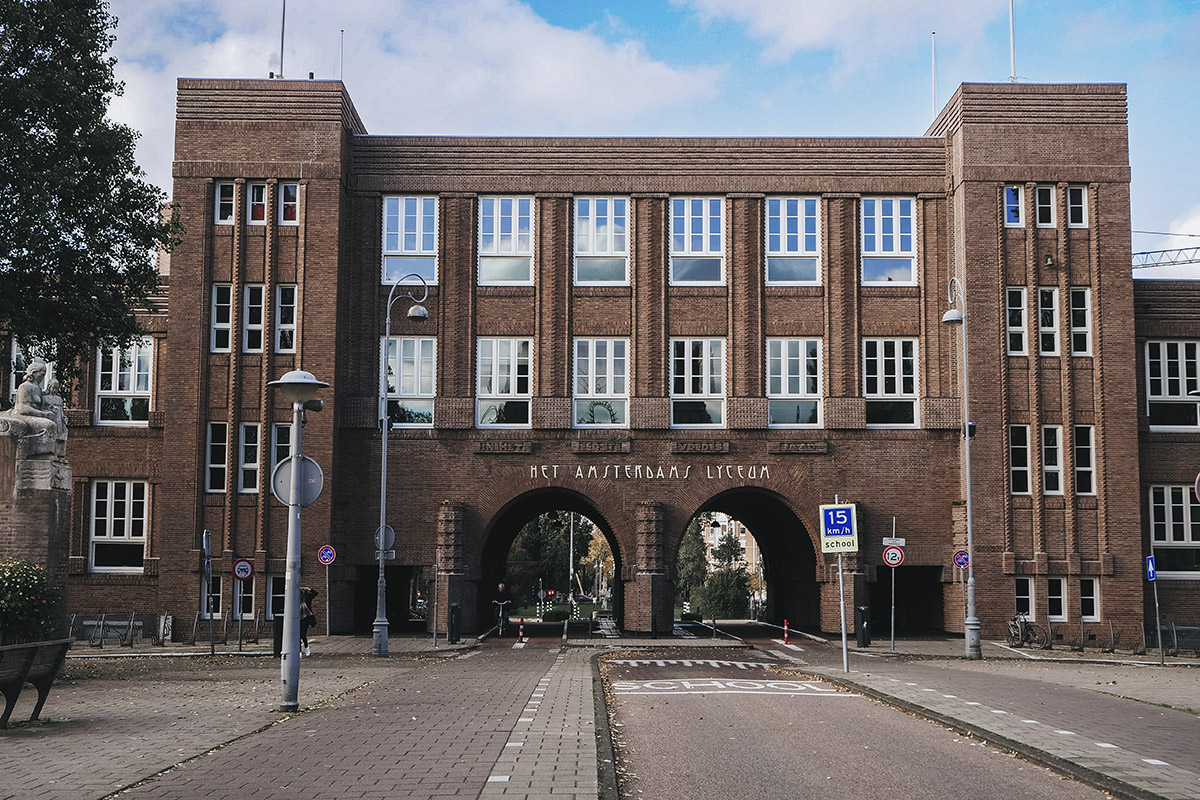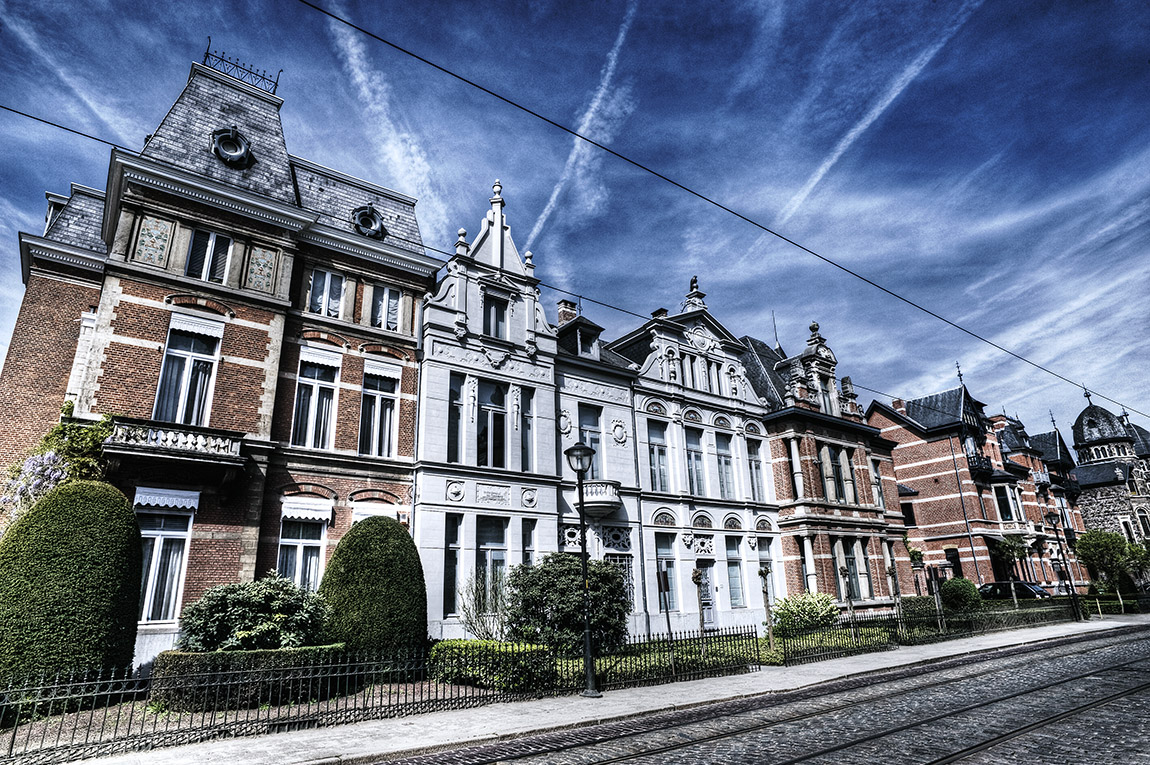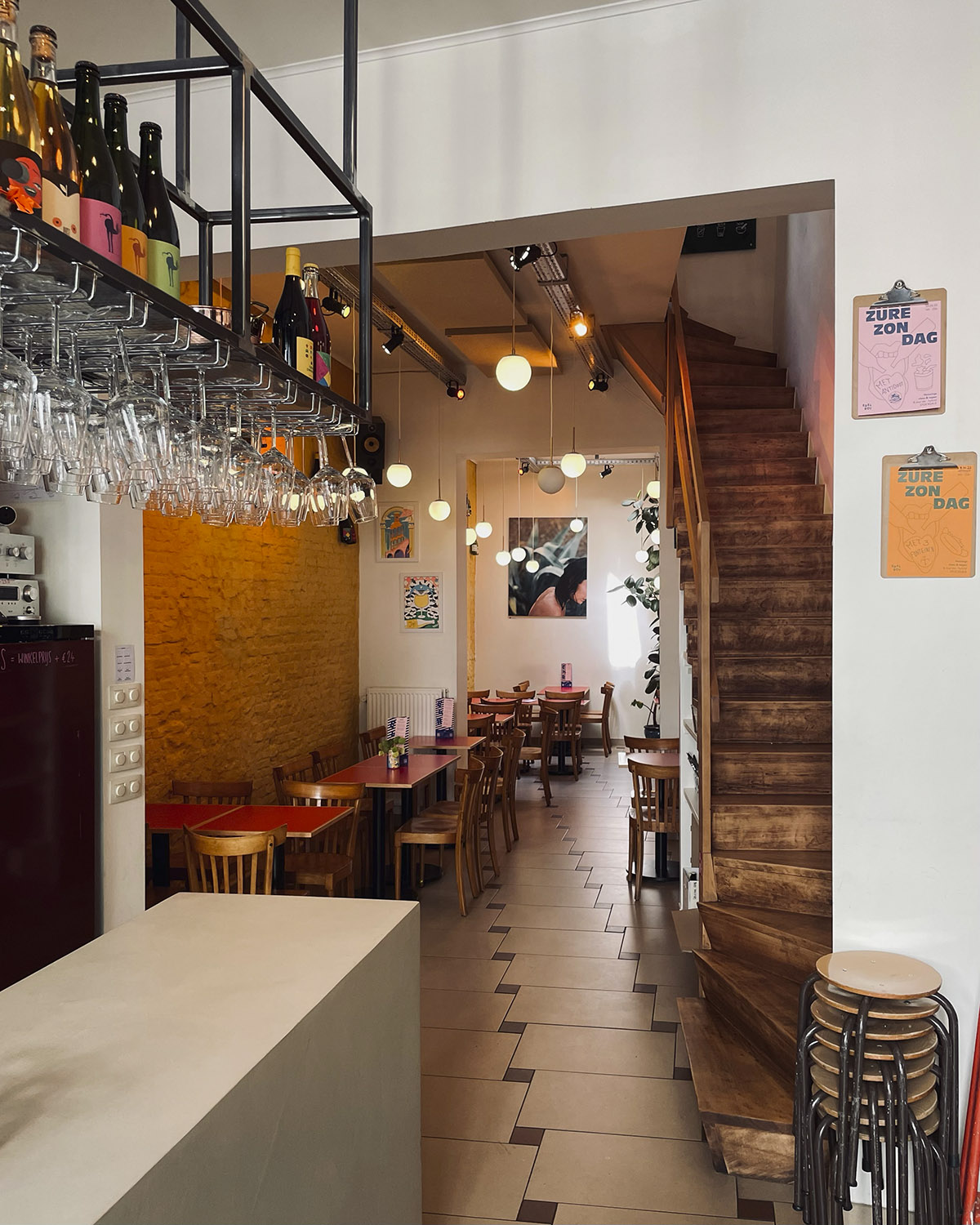Beer without the alcohol buzz
TEXT: LISA BURN
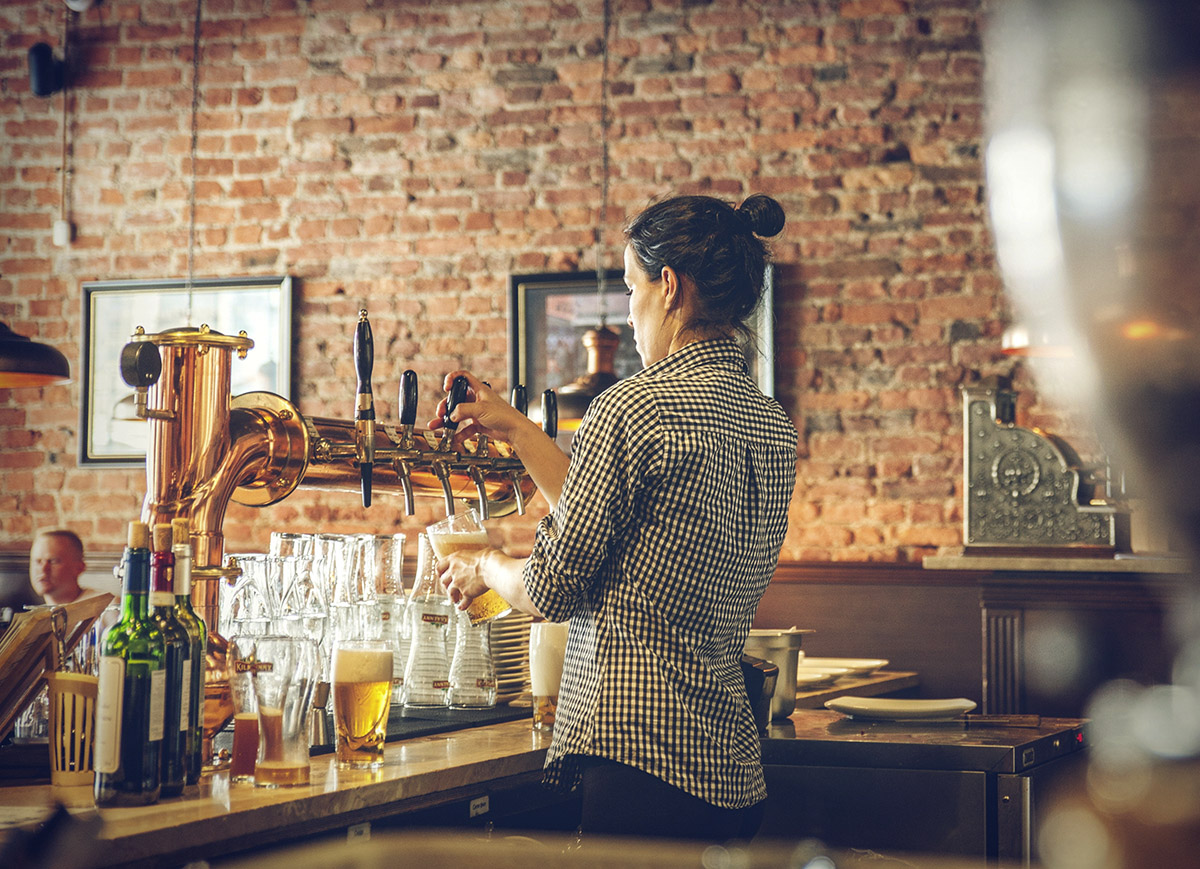
Photo: Pexels, Anna Kapustina
Drinking alcohol-free is a growing trend in many countries, but has it taken hold in Belgium, a country synonymous with great beer and a brewing tradition that dates back hundreds of years? Trappist, lambic, fruit, brown, blonde, sour, wheat – they’re all part of the fabric of Belgian society. Could this be threatened by the emergence of low alcohol alternatives?
It’s not so much a threat as a new way of drinking, says Kevin Lhoest, zythologist and founder of Hoptimalt Beer Academy in Namur, which teaches eager students about Belgium’s different beer styles and regional brewing traditions. Lhoest also delivers international certification training – one of only three training centres in the world outside the USA to do so – and offers a consultancy service to breweries.
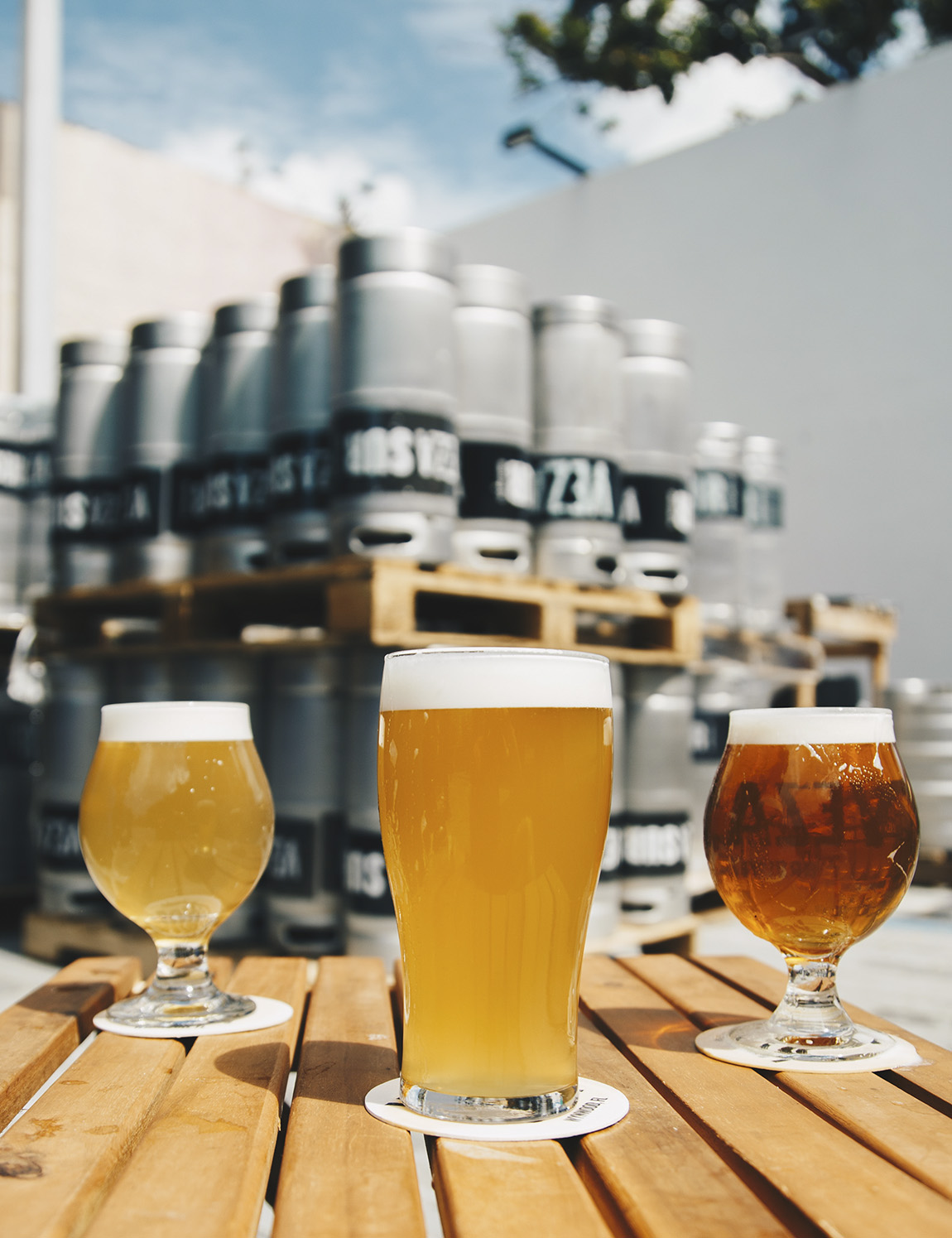
Photo: Pexels, Elevate
He says alcohol-free beer is particularly popular among younger adults, with sales of non-alcoholic beers rising by more than 10% per year. “It’s growing in popularity with men and women. There are all styles now, and there’s a beer for everyone. It’s more about generation than gender,” says Lhoest.
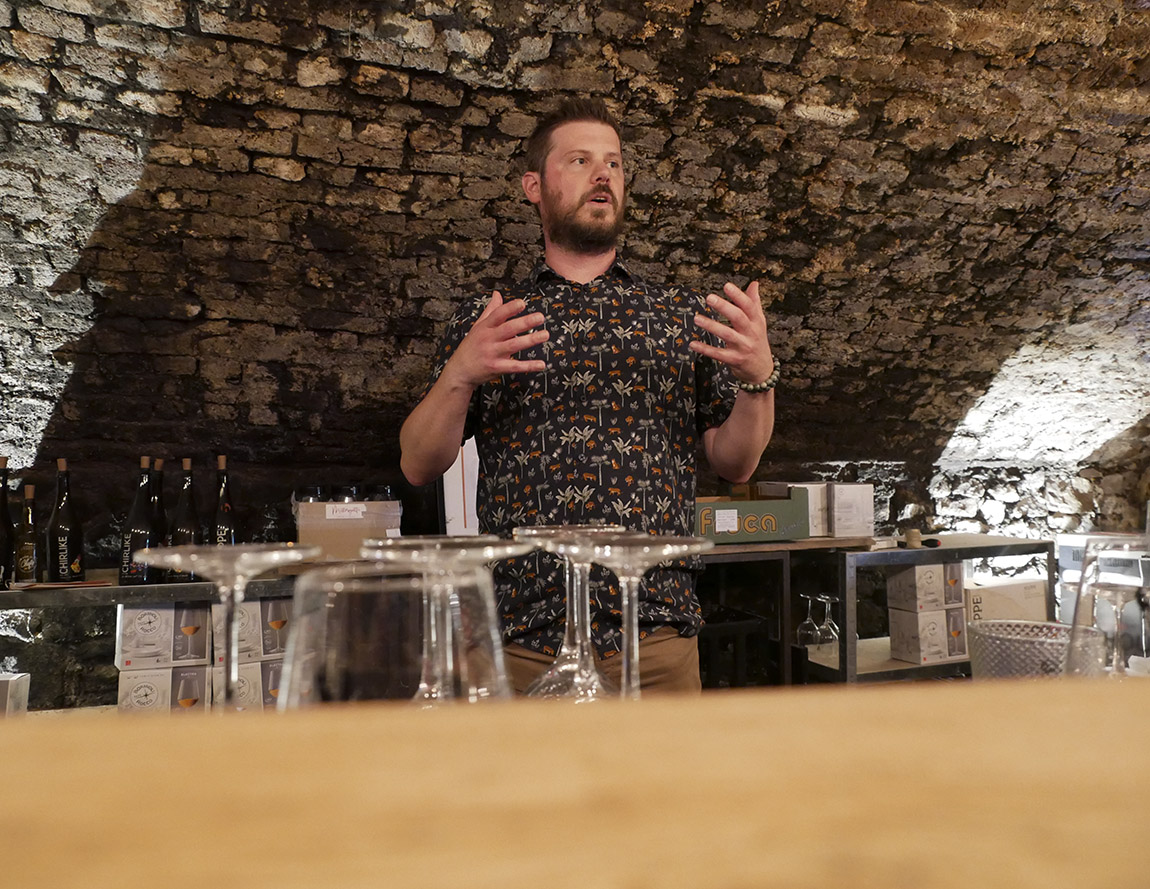
Kevin Lhoest, zythologist and founder of Hoptimalt Beer Academy in Namur.
“Older people say a beer is a beer. I can’t give an alcohol-free beer to my father. It’s not a beer for him. But for young people, it’s really great because they can drink more. It doesn’t affect you physically, and you can also drive a car.”
These days, you’ll find at least one or two alcohol-free choices in any pub, café or restaurant you walk into he says, with the country’s biggest brewers – AB InBev, Heineken and Duvel Moortgat – as well as many smaller ones now producing non-alcoholic beer.
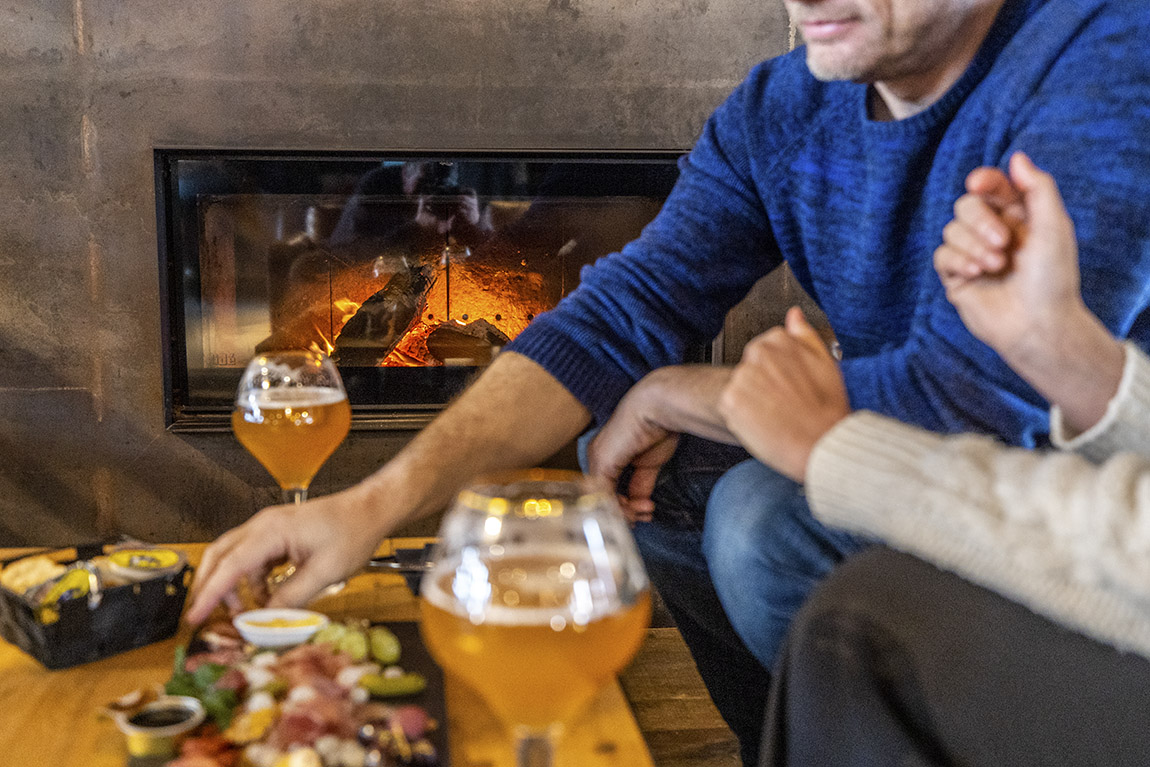
Beer tasting at Brasserie Peak in Waimes. Photo: Visit Wallonia
Why the growth in popularity?
Simply put, alcohol-free beer has become more popular because it tastes better now than it did in the past. “Non-alcoholic beer was a non-fermented beer, so they stopped the process before fermentation, and it wasn’t at all like real beer,” says Lhoest. The next stage in the evolution of alcohol-free was brewing the ale in the traditional way and then extracting the alcohol afterwards, he explains. This results in a drink closer in taste to its alcoholic counterpart, but in removing the alcohol you also lose some of the flavour.
However, the real breakthrough for the non-alcoholic beer and low alcoholic beer (NABLAB) market came with the discovery of a new type of yeast that has, in the last four or five years, transformed the industry. “Thanks to this new yeast, we have all the fermentation process but with only 0.3 – 0.5% alcohol,” says Lhoest. “We can brew all styles and keep the flavour. It’s the same process as a beer of 8%, but it’s only 0.5%.”
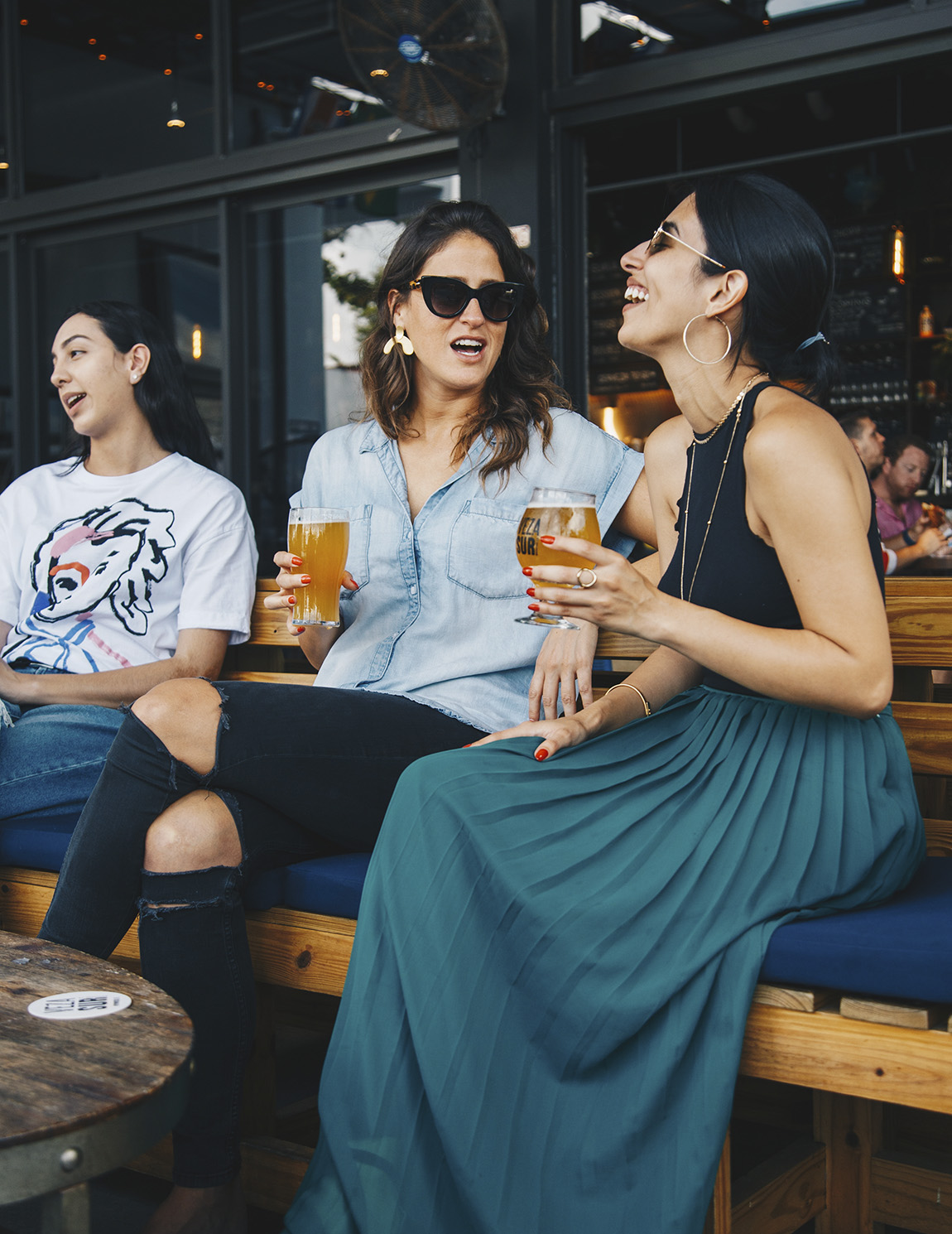
Photo: Pexels, Elevate
While he sees this as the main reason for the growth in NABLAB sales, other societal reasons also have an impact.
As in other countries, drink driving has become less socially acceptable, and the BOB campaign, with its focus on designated drivers, has massive public awareness in Belgium. Alcohol-free beer gives drivers an extra choice, in addition to mocktails and soft drinks.
Finally, and in common with the UK, for example, not drinking alcohol carries a certain stigma; celebrating and socialising with alcohol is traditional, so not doing so is still seen as strange and friends want to know the reason why. The ever-widening range of alcohol-free beer gives people who don’t want to drink another socially-acceptable option.
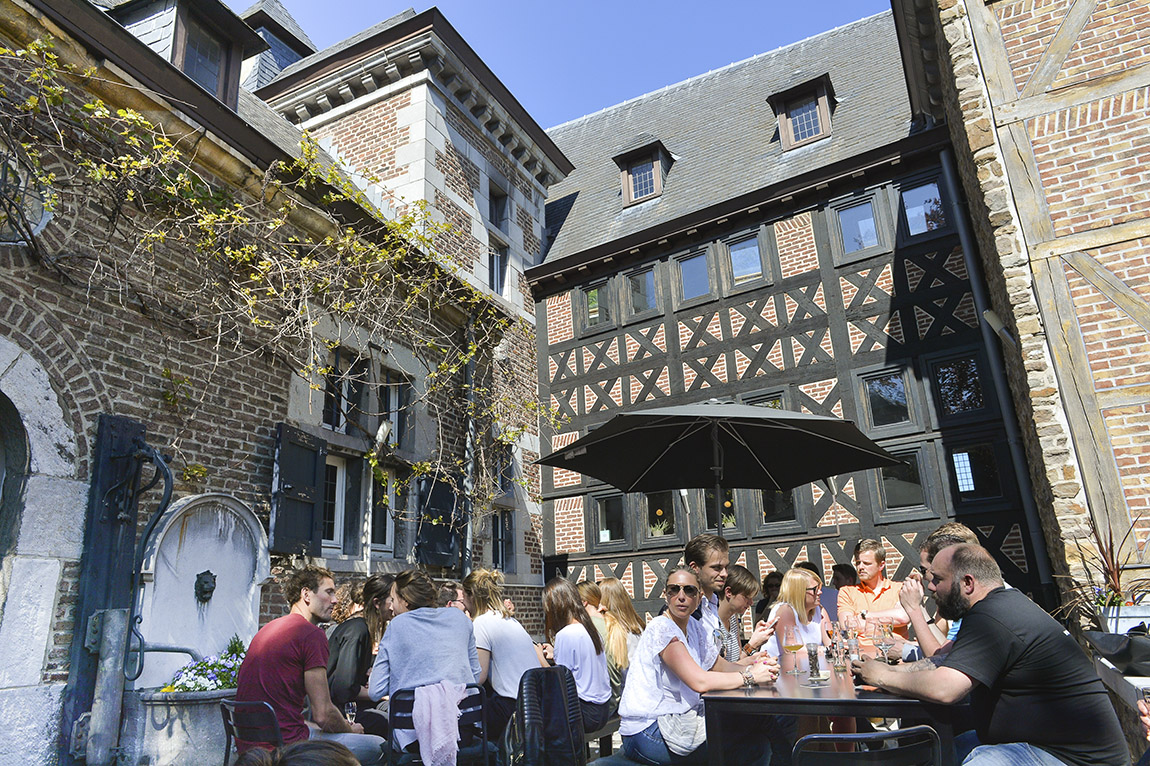
Brasserie Curtius in Liège. Photo: Visit Wallonia, Isabelle Harsin
Where next for alcohol-free in Belgium?
Recognising the importance of brewing and beer to the history and heritage of the country, in 2016, UNESCO added Belgian beer to its Representative List of the Intangible Cultural Heritage of Humanity.
At the time, Sven Gatz, former managing director of the Federation of Belgian Brewers and current Minister of Finance, Budget, Civil Servants, Statistics, Multilingualism and Education, likened the accolade to winning the World Cup. Such is the affection and pride of Belgians for their beer.
The industry employs more than 50,000 people and contributes over four billion euros to the Belgian economy, with more than 1,600 beers produced by 430 breweries, says the Federation of Belgian Brewers.
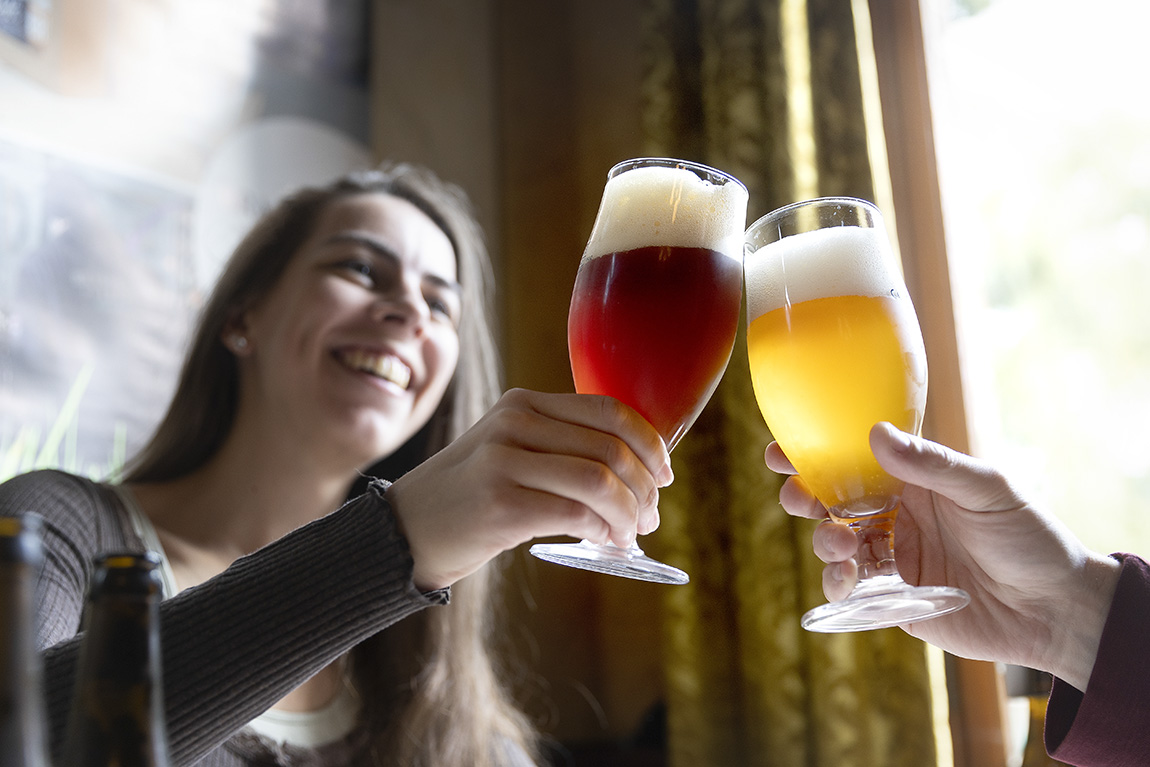
Visit to Brasserie de la Lesse in Rochefort. Photo: Visit Wallonia, David Samyn
Yet beer consumption is falling – by almost 30% between 2002 and 2022, according to the federation.
Yet demand for non-alcoholic beer continues to grow across the continent. Brussels-based The Brewers of Europe states that non-alcoholic beer now represents over 5% of the European beer market.
This is borne out in conversations Lhoest has had with industry colleagues who talk about double-digit growth per year, he says. Smaller companies, too, are embracing alcohol-free. “I work with a lot of microbreweries, and maybe 50% are in R&D to have a non-alcoholic beer, because it’s really important,” he says.
“Whereas at the beginning the focus was on lager, now, thanks to new yeasts, we’re starting to see different styles,” he adds. “So you can have a Belgian light blonde, an IPA, a fruity beer or brown ale without alcohol. It’s really more complex now, and it’s great for opening the minds of consumers.”
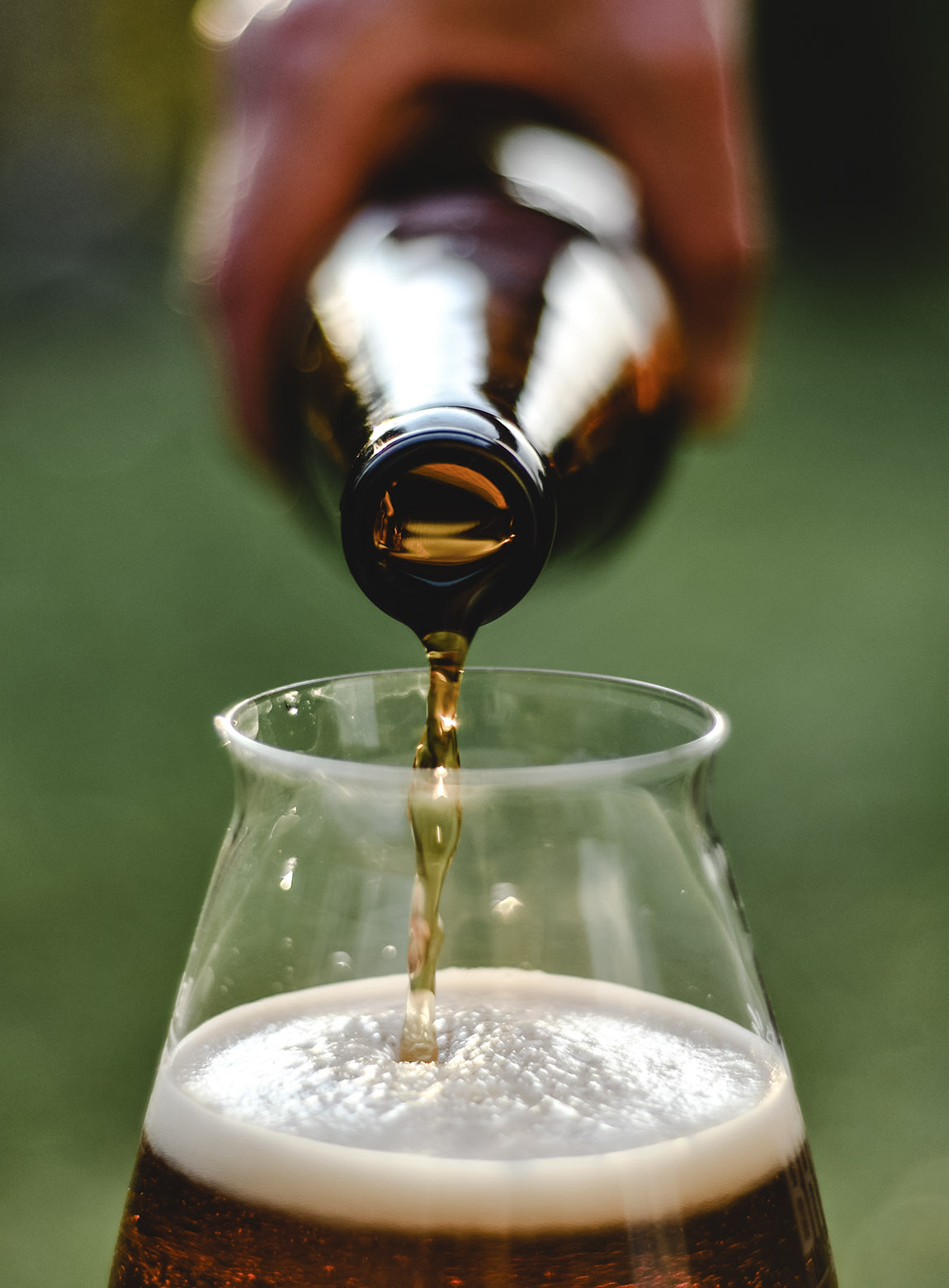
Photo: Pexels, Eva Bronzini
Web: www.hoptimalt.be
Subscribe to Our Newsletter
Receive our monthly newsletter by email
